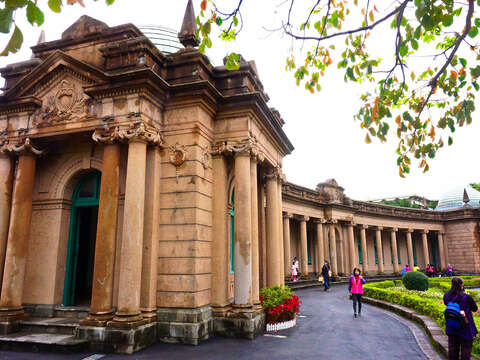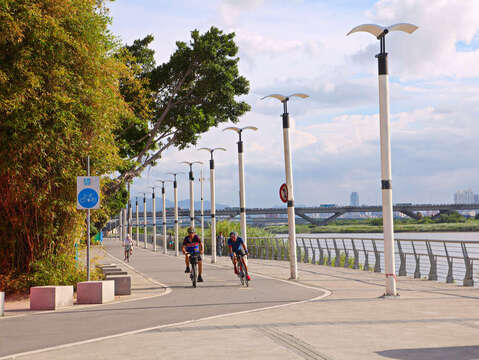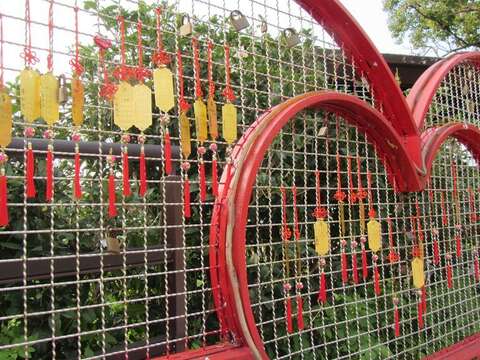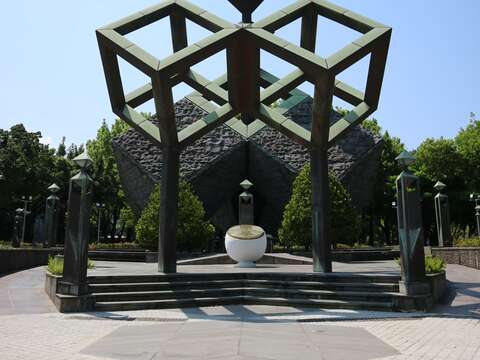Post date:2024-01-15
324
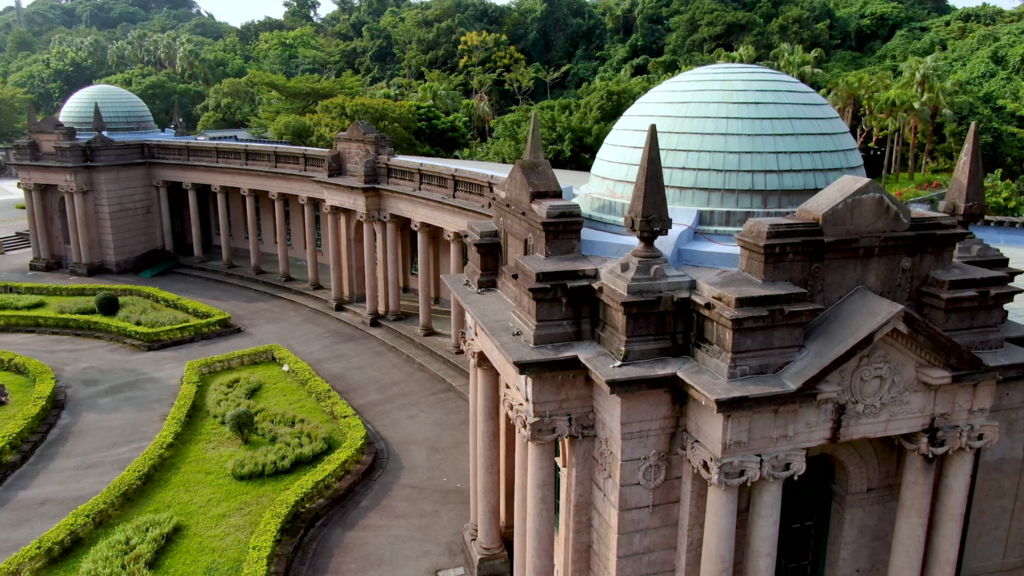
- Travel days
- 1-Day Tour
- Themed Itineraries
- Travel in Taipei
Introduction
Travel Itinerary: Museum of Drinking Water→Underground Water Palace _Guanyinshan Reservoir→Treasure Hill→Gongguan Riverside Plaza→Metering Room→Gongguan Shopping District
The modernization of tap water supply in Taipei began more than a century ago, at the turn to the 19th century. When the Japanese took over Taiwan in 1895, they hired Scottish engineer William Kinninmond Burton to help build the public health infrastructure. Burton was then a professor of public health (sanitary) engineering in Japan. He took his student Hamano Yashiro with him to Taiwan to survey water sources and to plan related facilities. The present day Taipei Water Park is the water source site Burton selected the other day.
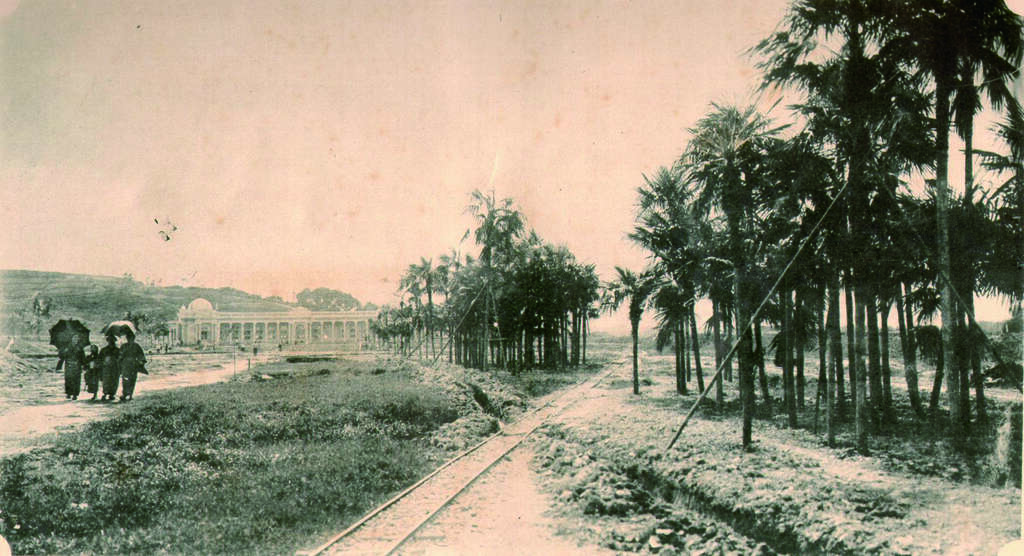 As the featured monument in the park, the surviving Museum of Drinking Water has been classified as a city historic monument. It was the pumping room in that time designed by Japanese architect Matsunosuke Moriyama.
As the featured monument in the park, the surviving Museum of Drinking Water has been classified as a city historic monument. It was the pumping room in that time designed by Japanese architect Matsunosuke Moriyama.
For the need to accommodate a number of large water pumps, Moriyama adopted a specious spatial design for the pumping room. The exterior carries a strong classical European style featured by the elaborate and elegant colonnade, the cracked gable, the decorative insignia, and the dome roof. Observing from the overall design, the curve contour is almost the unique in Taiwan.
As some pipelines were damaged by the US air raid in WWII, restoration for water supply became the prime target in the postwar period. Important projects covering slow filtration facility reconstruction and raw water intake relocation to the Qingtan Weir were implemented as water demand increased in pace with population growth. As a result, the Taipei Water Source Site has become one of the major water sources in Taipei City so far.
With the concerted efforts of countless people over the decade or so, we, on the other side of the tap water pipeline, can enjoy safe and hygienic drinking water and quality and sufficient tap water. Therefore, we should never forget April showers bring May flowers, and save drinking water that does not come easy.
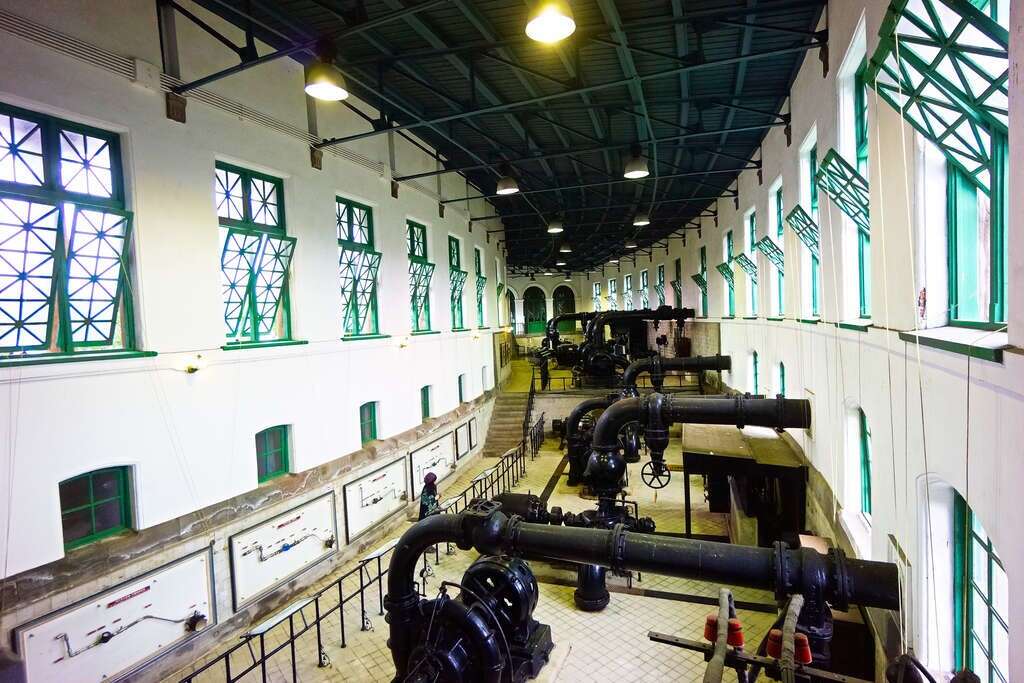
The modernization of tap water supply in Taipei began more than a century ago, at the turn to the 19th century. When the Japanese took over Taiwan in 1895, they hired Scottish engineer William Kinninmond Burton to help build the public health infrastructure. Burton was then a professor of public health (sanitary) engineering in Japan. He took his student Hamano Yashiro with him to Taiwan to survey water sources and to plan related facilities. The present day Taipei Water Park is the water source site Burton selected the other day.
 As the featured monument in the park, the surviving Museum of Drinking Water has been classified as a city historic monument. It was the pumping room in that time designed by Japanese architect Matsunosuke Moriyama.
As the featured monument in the park, the surviving Museum of Drinking Water has been classified as a city historic monument. It was the pumping room in that time designed by Japanese architect Matsunosuke Moriyama.For the need to accommodate a number of large water pumps, Moriyama adopted a specious spatial design for the pumping room. The exterior carries a strong classical European style featured by the elaborate and elegant colonnade, the cracked gable, the decorative insignia, and the dome roof. Observing from the overall design, the curve contour is almost the unique in Taiwan.
As some pipelines were damaged by the US air raid in WWII, restoration for water supply became the prime target in the postwar period. Important projects covering slow filtration facility reconstruction and raw water intake relocation to the Qingtan Weir were implemented as water demand increased in pace with population growth. As a result, the Taipei Water Source Site has become one of the major water sources in Taipei City so far.
With the concerted efforts of countless people over the decade or so, we, on the other side of the tap water pipeline, can enjoy safe and hygienic drinking water and quality and sufficient tap water. Therefore, we should never forget April showers bring May flowers, and save drinking water that does not come easy.

- Day 1
Day 1
 The Story of Tap Water
The Story of Tap Water